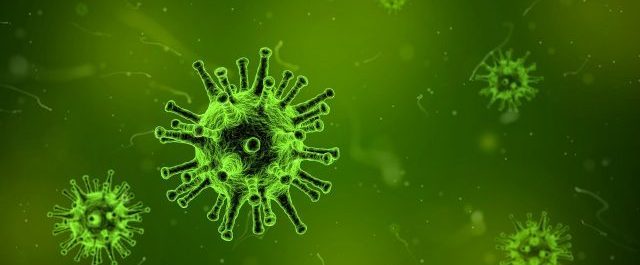Introduction
Over the last couple of decades, we have learned a lot about the human gut microbiome. Rather than simply being a collection of commensal organisms, the gut microbiome (GMB) is now thought to be involved in a number of important metabolic roles, including nutrient extraction, immunity, and possibly even the regulation of sleep and mood. The degree with which negative health outcomes have been associated with a dysbiosis, or the dysfunctional GMB, and the degree with which different organ systems interact with the GMB, suggest that we should consider it to be as important as an organ, if not actually an organ itself. Dysbiosis is therefore not a minor inconvenience that may cause discomfort, but a syndrome or disease that must be treated to maintain proper health. Further research on gut microbiome dysbiosis should be undertaken, including research into new diagnostic tools. The first half of the paper will summarize part of the discoveries made in the field of research on the GMB. The second half of the paper will use those findings to suggest further research.
Overview of the Field
The human GMB is fairly diverse. On average, the human gut contains well over 1,000 species-level phylotypes (Lozupone et. al. 2012). But that is only on the individual level. According to Jandhyala et al. (2015), those species are from a pool of over 35,000 total species level phylotypes that have been identified as being found in human guts. But even with that diversity, there seems to be two main phyla present: Bacteroidetes and Firmicutes. Bacteroidetes are gram negative while Firmicutes are gram positive. Overall, these microbes are not just commensal but are responsible for a number of metabolic functions within the gut. Bacteroides, a genus in the phyla Bacteroidetes, “are the predominant organisms that participate in carbohydrate metabolism (Jandhyala et al. 2015).” A key species in this genus is B. thetaiotaomicron. These organisms process carbohydrates “by expressing enzymes such as glycosyl transferases, glycoside hydrolases and polysaccharide lyases (Ibid.).”
There are a number of useful byproducts generated by these industrious workers. “Fermentation of the carbohydrates that escaped proximal digestion and indigestible oligosaccharides by colonic organisms such as Bacteroides, Roseburia, Bifidobacterium, Faecalibacterium, and Enterobacteria result in the synthesis of short chain fatty acids (SCFA) such as butyrate, propionate and acetate, which are rich sources of energy for the host[35,36].” (Ibid) Additionally, vitamin K along with precursors to vitamin B are produced within the gut (Ibid). Furthermore, as indicated in Mahony et al. (2014), the GMB is associated with mood and sleep, through the gut-brain axis. This connection seems to be due, at least in part, to the production of serotonin from tryptophan in the gut (Mahony et al. 2014). However, as addressed in Carabotti et al. (2015), the interaction is not mono-directional. The brain influences numerous gut functions, including “motility, secretion of acid, bicarbonates and mucus, intestinal fluid handling and mucosal immune response” (Carabotti et al. 2015). Many of the bacteria in our gut also have receptors for neurotransmitters, such as GABA (Ibid.).
The importance of the many apparent functions of the GMB are consistent with the much narrower range found in functional diversity, as opposed to phylogenetic diversity, within the gut: “despite having highly divergent gut microbiota compositions, functional gene profiles are quite similar in different individuals” (Lozupone et al. 2012). The specific roles of our microbiota may also explain another interesting result. While Bacteroidetes and Firmicutes are the most common phyla of microbes present, the ratio of these organisms varies considerably depending on a number of factors, including diet. Looking at healthy individuals, Firmicutes were the most dominant phyla in vegetarians, while in non-vegetarians, Bacteroidetes were the most common phyla (Bamola et al. 2017). This variation is reasonable since different foods would require different microbes to process them.
So diet influences the human gut microbiome. But that microbiome needs to be established in the first place. Some of our GMB is colonized very early in our lives. Roughly 25% of infant gut bacteria come from breastmilk and microbes found on the breast of the mother (Pannaraj et al. 2017). Microbial composition then varies considerably for the first few years, increasing in overall diversity until the ecosystem finally stabilizes (Lozupone et al. 2012).
